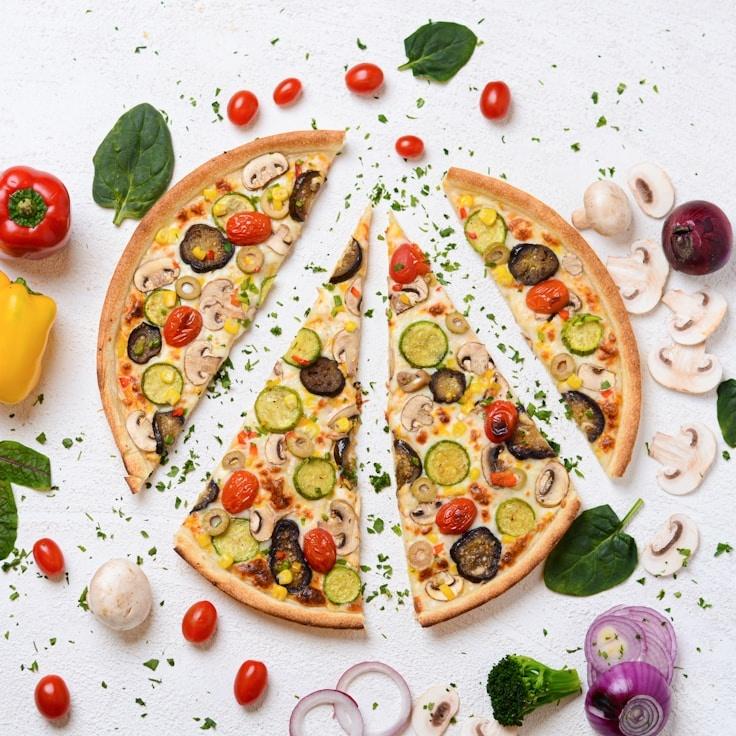Here at LatchGrove, we hold the conviction that the pinnacle of pizza excellence lies in the quality of its dough. Having honed our formula over thirty years, we're thrilled to divulge some of our culinary secrets to you. Although the precise blend is our treasured secret, these guidelines will empower you to craft professional-grade pizza dough in the comfort of your home.
Quality of Flour is Key
Superior pizza dough begins with premium flour. Our go-to is 00 flour, a finely milled Italian variety with a medium protein level (about 12%), ensuring just the right mix of elasticity and softness. Should 00 flour be out of reach, bread flour can serve as a replacement, but expect a different textural outcome.
Hydration and Water Temperature
Water's temperature is crucial for controlling fermentation duration and dough consistency. Opt for cold water, around 45°F (7°C), to encourage a slow fermentation that enhances flavor. For a quicker rise, choose water that is lukewarm, about 85°F (29°C). The ideal water-to-flour ratio should be between 60-70% for optimal results in most home ovens.
Less Yeast, More Time
Adding minimal yeast and allowing extended fermentation times are the secrets to delectable dough. We use a mere 0.2% of fresh yeast based on the flour's weight and let the dough ferment for 24-48 hours. This lengthy fermentation cultivates a complex flavor profile and renders the dough more digestible.
Salt's Functional Role
Salt's purpose transcends taste; it fortifies the gluten network and regulates the fermentation process. We suggest a fine sea salt quantity of 2.5-3% relative to the flour. Add salt once the water and flour are partially combined, impeding direct yeast contact.
The Craft of Fermentation
Post-mixing, the dough should undergo a primary fermentation at room temperature for a couple of hours before being divided into balls. Encase these in lidded containers and refrigerate them for 24-72 hours. During this chilled fermentation, enzymes disintegrate starch into sugars, imparting a delightful taste and the signature crust browning.
Gentle Dough Handling
Approaching the pizza-making stage, remove the dough from the fridge 1-2 hours before baking to allow temperature adjustment. Be tender with the dough to conserve the air bubbles. Press and stretch using your fingers instead of a rolling pin, which could deflate the formed bubbles.
Ultimate Ingredient: Heat
While our ovens reach a fiery 850°F (454°C), typical home ovens have a maximum of 550°F (288°C). To mimic professional conditions, preheat a pizza stone or steel for no less than sixty minutes, furnishing the intense underside heat essential for a crunchy crust and a pillowy interior.
Arriving at the zenith of pizza dough craft is an evolving quest, with each batch imparting new understanding. Jot down your findings, tweak variables, and find the perfect fit for your unique culinary space.
To witness our dough crafting firsthand, attend our monthly pizza workshops, where Chef Julian demonstrates these methods in detail. See our event schedule for upcoming sessions!

